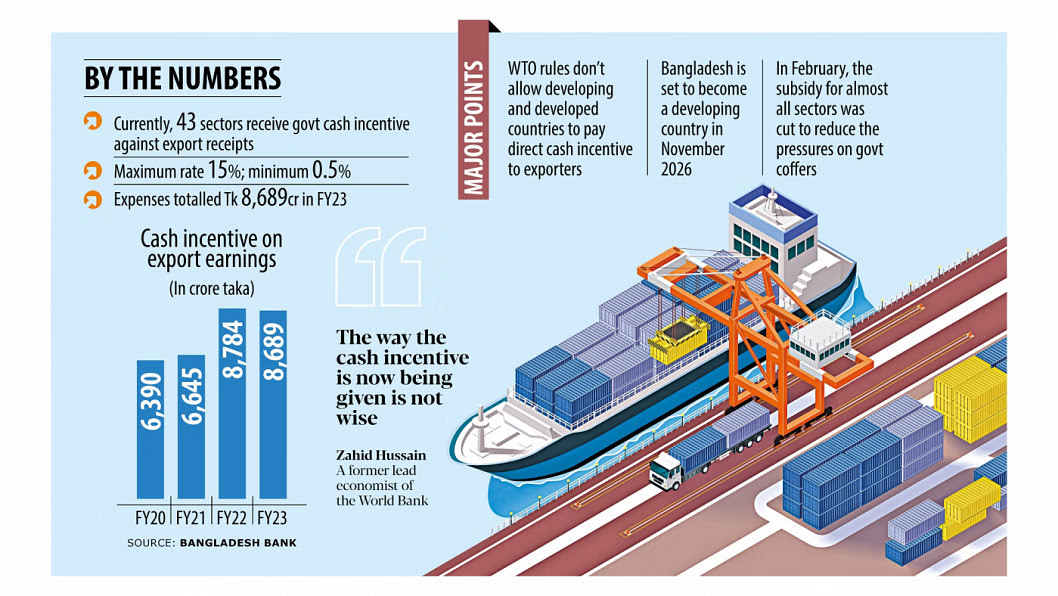BRAC University survey shows
Rapid automation, wage hikes, and complex production processes in the garment sector and marriages have narrowed the female workers’ participation in the apparel industry in Bangladesh, according to a survey.
The study showed that the current ratio of male to female workers in the garment sector is 41.7 to 58.3, which challenged previously established data that women account for up to 80 percent of the apparel industry’s total workforce.
“Our research indicates that women accounted for 65 percent of the garment sector’s workforce for the last few years, but it has dropped to 58.3 percent now,” said Syed Hasibuddin Hussain, project manager of Mapped in Bangladesh (MiB), an initiative of Brac University.
As of Sunday, the total number of workers in the export-oriented garment factories stood at 25,62,383, of whom 14,94,011 are female.
The survey was conducted in the main export-oriented garment industrial cluster zones in Dhaka, Narayanganj, Gazipur, and Chattogram, which cover more than 80 percent of the industry.
The overall number of garment workers may increase to some extent during the final stage of the study. However, the number of declining gradually, he said.

The wage hike, rapid automation, marital status, and Bangladesh’s shift to complex garment production are the main reasons for the declining number of female garment workers, who historically carried the country’s single largest export sector for the last four decades, Hussain told reporters while sharing the findings at a hotel in Dhaka on Sunday.
Meanwhile, wage hikes and automation are the major factors behind the decline in the sector’s overall workforce, said Hussain, who has been leading a research team of about 25 people under the MiB project.
Employment in the sector fell significantly over the years as manufacturers started adopting technologies to reduce the cost of production.
Similarly, since Bangladesh is going into high-end garment production, the use of technologies increased, and the number of workers was reduced.
The researchers have been trying to determine the actual number of export-oriented garment factories in the country since June 2018.
One of the main objectives of the study is to inform the people, buyers, retailers, the government, and suppliers about the export-oriented garment factories of Bangladesh, Hussain said.
One of Bangladesh’s major weak points is that after the collapse of Rana Plaza in April 2013, there was no exact data on the country’s export-oriented garment factories.
As a result, the Bangladeshi garment supply chain was widely criticized by western consumers following the disaster, he added.
This is why the MiB project was undertaken by BRAC University in collaboration with the Embassy of the Netherlands in Bangladesh, the Bangladesh Garment Manufacturers and Exporters Association (BGMEA), and the Bangladesh Knitwear Manufacturers and Exporters Association (BKMEA).
As of Sunday, researchers traced 3,223 factories in four districts. Of them, 1,171 were in Dhaka, 1,053 in Gazipur, 613 in Narayanganj, and 386 in Chattogram.
Of them, 1,886 are members of the BGMEA, and 512 are members of the BKMEA. It also found 574 factories that are not a member of any of the two associations but are engaged in export-oriented garment production.
The garment accessory manufacturing units and export-oriented garment factories located inside the country’s export processing zones were not included in the study.
Of the total documented factories, 463 were found to be subcontracting, Hussain added.
















